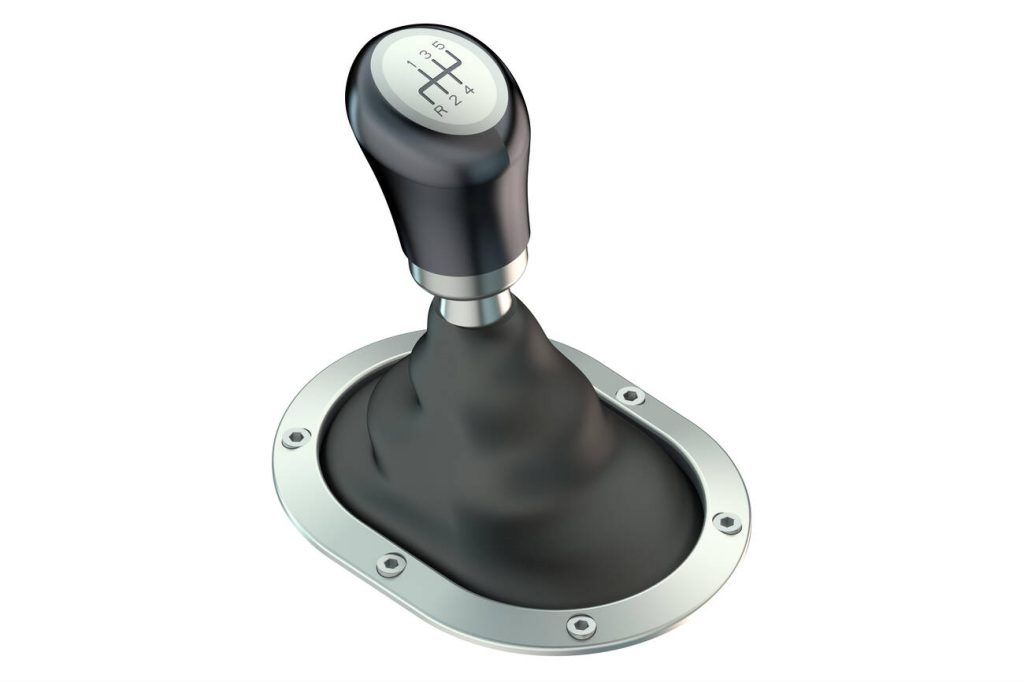Shifting fast can add a thrill to your driving experience and give you that extra edge on the road. In this article, we’ll show you how to master the art of swift gear shifting. So buckle up and get ready to unleash your inner speed demon!
The Importance of Proper Gear Shifting
To shift fast, it is important for you to understand the importance of proper gear shifting. Mastering gear shifting not only allows you to shift quickly but also improves your overall driving experience. By improving your gear shifting proficiency, you can enhance driving comfort and reduce jerking while changing gears. Additionally, proper gear shifting contributes to fuel efficiency improvements as it ensures optimal engine performance and reduces wear and tear on the transmission. Understanding the structure of your car and how the gearbox functions is essential in executing smooth gear shifts. It also plays a crucial role in ensuring car safety by preventing strain on the engine and transmission. Therefore, mastering proper gear shifting techniques is vital for efficient and safe driving. Regulatory compliance for automated transmission systems will likely impact how manufacturers design and implement self-driving vehicles.
Understanding the Gearbox
Understanding the gearbox involves grasping the different gear ratios for various driving conditions. Here are some key concepts to help you understand the gearbox:
- Gear ratio selection: Each gear in the gearbox has a specific ratio that determines how many times the engine turns for each rotation of the wheels.
- Clutch engagement: The clutch is used to connect or disconnect the engine from the transmission, allowing for smooth gear shifting.
- Gear shifting mechanics: Shifting gears involves selecting the appropriate gear based on your speed and driving conditions. It requires precise coordination between your hand and foot movements.
- Engine powerband: The powerband is a range of engine speeds where it produces its maximum power. Shifting gears at the right time ensures optimal performance.
- Synchronizing speeds: When shifting gears, you need to match the speed of both the engine and transmission to avoid grinding or jerking.
Techniques for Smooth Gear Shifting
Improve your gear shifting proficiency by practicing smooth transitions and maintaining consistent pressure on the clutch pedal. To achieve smooth gear shifting, timing is crucial. Start by rev-matching, which helps synchronize engine and transmission speeds for seamless shifts. When shifting gears, apply consistent pressure on the clutch pedal to ensure smooth engagement. Gradually release the clutch while applying throttle to prevent jerking. It’s essential to practice these techniques regularly to improve your gear shifting skills over time.
In addition to rev matching and clutch engagement techniques, there are other tips for efficient gear shifting. Anticipate gear changes by observing road conditions and traffic flow. Use engine braking to downshift when slowing down or descending steep slopes. Consider practicing the heel-toe technique for smoother downshifts during aggressive driving. Regular inspections and fluid changes will help maintain the clutch and gearbox.
Common Mistakes to Avoid
Avoid damaging your transmission by fully pressing the clutch before shifting gears. Here are some common mistakes to avoid when it comes to gear shifting:
- Shifting gears without fully pressing the clutch can damage the transmission.
- Releasing the clutch too quickly can cause the vehicle to jerk.
- Shifting into the wrong gear can strain the engine and decrease efficiency.
- Riding the clutch by keeping the foot on the pedal leads to premature wear.
- Ignoring unusual noises or difficulty in shifting gears may indicate a problem.
Additional Tips for Efficient Gear Shifting
To efficiently shift gears, consider observing road conditions and traffic flow to anticipate gear changes. This will help you smoothly transition between gears and enhance your overall driving experience. Additionally, there are several techniques and practices that can further improve your gear shifting skills.
One technique is the heel-toe technique, which involves using the right foot to operate both the brake and accelerator pedals simultaneously while downshifting. This allows for smoother downshifts during aggressive driving. Another technique is engine braking, which involves downshifting instead of using the brakes when slowing down or descending steep slopes.
Regular clutch maintenance is also important for efficient gear shifting. Keeping the clutch clean and properly adjusted can prevent slipping or sticking, ensuring smooth engagement with each gear change.
If you want to take your gear shifting skills to the next level, consider enrolling in professional driving lessons. These lessons can provide valuable guidance and feedback from experienced instructors.
Overall, by incorporating these tips into your driving routine and continuously practicing, you’ll be able to efficiently shift gears with ease and confidence.
Car Structure and Cockpit
Check out the three main parts of your car’s cockpit: the gear shifter, pedals, and tachometer.
- The gear shifter mechanism allows you to shift gears on your car’s transmission, except for reverse gear.
- The pedals in the cockpit include the brake pedal, gas pedal, and clutch pedal. The brake pedal is crucial for stopping the car.
- The tachometer is a gauge on the dashboard that provides important information such as speed and when to shift gears.
The design of the cockpit plays a significant role in ensuring comfortable driving and efficient manual transmission controls. Proper placement of pedals allows easy access and precise control while driving. The functionality of the tachometer helps you monitor your engine’s RPMs and make timely gear shifts. Understanding these components and their functions enhances your overall driving experience.
Starting a Manual Car
Now that you have a better understanding of the car’s structure and cockpit, let’s talk about starting a manual car. Starting a manual car requires proper pedal coordination and clutch engagement. Here’s a step-by-step guide to help you get started:
| Step | Instructions |
|---|---|
| 1 | Press the clutch pedal while turning on the ignition button. |
| 2 | Use your right foot to press the brake pedal to keep the car stationary. |
| 3 | Remember not to shift gears without fully depressing the clutch pedal to avoid damaging the transmission. |
| 4 | Once ready, release the brake pedal and move your right foot onto the gas pedal. |
| 5 | Slowly take your left foot off the clutch pedal while maintaining pressure on the gas pedal for smooth acceleration. |
Speed Shifting Technique
When speed shifting, it’s important to maintain a fine RPM range and shift just before reaching the ideal power-band for each gear. To improve your speed shifting technique, consider the following tips:
- Advanced shifting techniques: Learn techniques like rev-matching and consistent clutch pressure for smoother gear shifts.
- Gear shifting for performance: Optimize your gear shifts to maximize engine power and acceleration.
- Quick shifting tips: Practice rapid shifts to minimize time lost during gear changes.
- Mastering speed shifting: Develop proficiency through practice and experience to execute quick and efficient gear shifts.
- Speed shifting for racing: Apply speed shifting techniques in racing scenarios to gain an edge over competitors.
Considerations for Speed Shifting
Speed shifting requires careful execution to prevent damage to the transmission and ensure safer driving. When considering speed shifting, it’s important to remember a few key factors. First, mastering the downshifting technique is essential for a smooth transition between gears. Second, understanding the optimal RPM range for each gear will help you shift at the right time, maximizing engine performance. Third, proper clutch engagement is crucial to avoid jerking or stalling the vehicle. Additionally, rev matching benefits speed shifting by synchronizing engine and transmission speeds for seamless gear changes. Lastly, prioritize speed shifting safety by avoiding rapid shifts that could lead to engine shutdown or other serious circumstances. Remember to practice regularly and gain experience before attempting speed shifting in your vehicle.
Is Speed Shifting Right for Your Vehicle
If you’re considering speed shifting, it’s important to assess whether it is suitable for your vehicle. Here are some key points to consider:
- Benefits of speed shifting: Improved acceleration and faster gear changes.
- Pros and cons of speed shifting: Increased performance but potential damage to the transmission if not done correctly.
- Tips for practicing speed shifting: Master the technique gradually, starting with lower gears and gradually working your way up. Focus on timing and rev-matching.
- Common challenges in speed shifting: Difficulty in finding the right balance between clutch engagement and throttle control.
- How to avoid damage while speed shifting: Ensure proper clutch disengagement before shifting gears, avoid excessive revving, and practice smooth transitions.
Mastering Gear Shifting Skills
To master gear shifting skills, focus on timing and rev-matching while gradually improving your technique. Practicing techniques such as timing your shifts correctly and rev-matching can greatly improve your gear shifting proficiency. By practicing these skills regularly, you can enhance your overall gear shifting abilities and become more proficient in this aspect of driving. Consistent practice is key to improving gear shifting skills, so make sure to dedicate time to practice regularly. As you continue practicing, you will notice that your gear shifting becomes smoother and more precise. Remember to be patient with yourself as it takes time to develop these skills. With dedication and practice, you will be able to improve your gear shifting skills and become a more confident driver.
Improving Gear Shifting Proficiency
To improve your gear shifting proficiency, there are several techniques you can practice. By mastering timing, improving coordination, and ensuring efficient clutch control, you can shift gears faster and smoother. Here are some exercises to help you improve:
- Practice gear shifting exercises in a controlled environment
- Focus on mastering the timing of when to shift gears
- Work on improving coordination between clutch pedal and gear shifter
- Practice smooth engagement by applying consistent pressure on the clutch pedal
- Gradually release the clutch while applying throttle to prevent jerking


